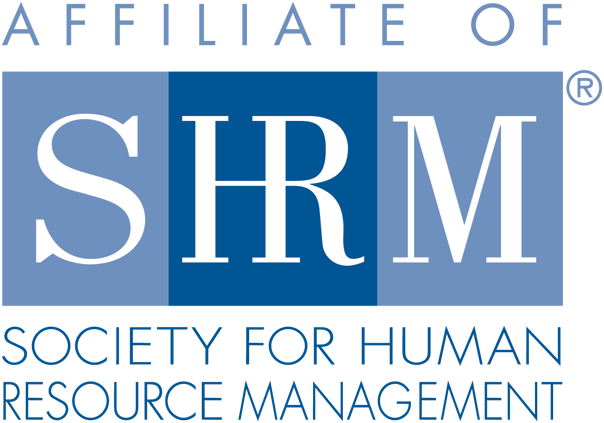
| Past Issues | Advertise | www.nehra.com | insights archive |
Bridging the Gap – A Focus on Women’s Leadership
![]() Print this Article | Send to Colleague
Print this Article | Send to Colleague
Given that HR is a female dominated profession, it probably won’t surprise you to learn that NEHRA’s membership is largely made up women (81% to be exact); this is slightly higher than the national average of just over 70%. What you may not know, however, is that women do not dominate at the very top of the profession and in many cases, they continue to make significantly less than their male colleagues at all levels.
According to 2014 statistics from the US Department of Labor, 76% of Human Resources Managers are women. However, HR Executive’s list of Top 100 companies revealed that fewer than 49% of the top HR jobs are held by women. While this is relatively good news, as compared to the gender gap amongst other functional areas within the C-suite, it does beg the question, why aren’t there more women in top HR jobs? Furthermore, the US DOL data states that male HR Managers earn 40% more than their female counterparts and in HR Executive’s "HR’s Elite: Class of 2013" list, printed in September 2014, only 11 of the 50 top earning HR leaders were women.
As discouraging as these statistics are, there is still reason to be optimistic. As the HR profession continues to evolve into a more strategic role, CEO’s are more and more concerned with talent management; specifically getting the right talent in the right roles. Historically, women have held these "Talent Architect" positions, which may better position them for top roles. Additionally, many organizations have recognized that having a diverse executive team is a competitive advantage, which has encouraged companies to ensure a more balanced mix of ethnicity and gender in the C-suite.
The gender pay gap has been a long hard fought battle, with no end in sight. While several ideas have been put forth to help rectify the issue, including raising the minimum wage and passing more progressive family leave policies, it’s unclear if or when such changes would take place and what if any long term impact they may have on pay equity. Organizations play a large role in ensuring equitable pay across both gender and function and are under increased pressure to do so. In the meantime, experts suggest that women can and should play an important part in ensuring they are paid equal to their male counterparts, including talking about and negotiating pay more aggressively.
So where do we go from here?
We readily admit these are complex issues and we don’t have all of the answers. However, the NEHRA Board is dedicated to creating a platform to support this effort and has convened a dedicated group of men and women to lead the charge. Our initial exploration into this topic found themes that are both gender and role specific. One study shows that women tend to approach the HR role differently than men by focusing on more functional vs. strategic work; while another supports the idea that men often gain more operational/business expertise prior to entering into HR. We feel both of these ideas are worth further exploration.
From Sheryl Sandberg’s "Lean In" to ongoing research by McKinsey, Mercer and others, there is overwhelming support for the advancement of women. With that said, we intend to conduct some of our own research by tapping into the collective knowledge of the HR professionals (both men and women) in our community to learn more about the challenges they face, with the notion that collectively we can influence gender equality in the HR profession in this region.
We will continue to look for ways to support women who aspire to become the top HR leader in an organization. Stay tuned in the coming months for details!
In the meantime, check out the latest edition of Insights Magazine for some great articles on women in leadership.
Cheers!
Tracy Burns, CEO
